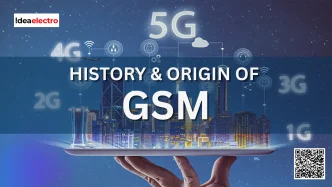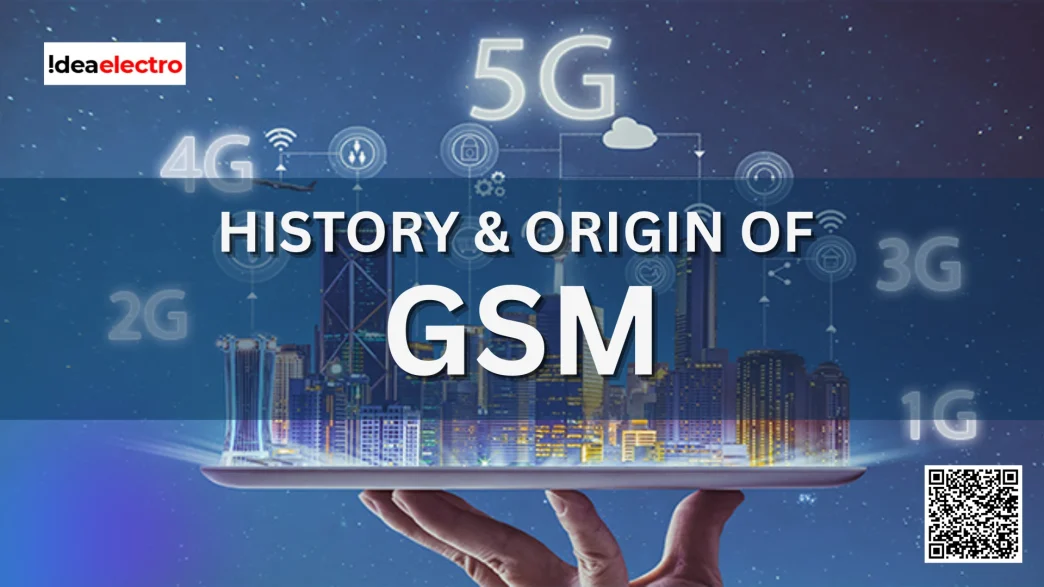The Global System for Mobile Communications, widely known as GSM, has played a pivotal role in revolutionizing the way people communicate across the world. What began as a regional effort in Europe to standardize mobile communication soon became the most popular mobile network standard globally. Here’s a detailed look into the history and origins of GSM.
Early Days of Mobile Communication
Before GSM came into existence, the mobile communication landscape was fragmented. Each country or region had its own analog cellular system, leading to incompatibility across borders. These first-generation (1G) systems were analog and lacked the flexibility and quality necessary for wide-scale deployment and international roaming.
In the early 1980s, countries in Europe were operating a mix of incompatible systems such as:
- NMT (Nordic Mobile Telephony) in Nordic countries
- C-Netz in Germany
- TACS in the UK
This lack of standardization was a major hurdle for mobile growth across Europe.
Birth of GSM: A Pan-European Initiative
In 1982, the Conference of European Posts and Telecommunications (CEPT) formed a working group called the Groupe Spécial Mobile (GSM). The goal was ambitious: to design a unified mobile communication standard that could be adopted across Europe. This marked the conceptual birth of GSM.
The group’s mandate was to:
- Develop a digital mobile system
- Ensure interoperability across countries
- Support international roaming
- Improve spectrum efficiency
- Provide high-quality voice services
The GSM standard was envisioned not just as an improvement over analog systems but as a completely new second-generation (2G) digital mobile system.
Transition to ETSI and Formal Standardization
In 1989, the responsibility for GSM development was handed over to the newly formed European Telecommunications Standards Institute (ETSI). ETSI played a critical role in finalizing the GSM specifications, which included:
- Digital voice encoding using full-rate speech codecs
- A new radio interface
- SIM card for subscriber identity and portability
- Encryption and security standards
The acronym GSM was retained but rebranded from “Groupe Spécial Mobile” to “Global System for Mobile Communications” as the standard started gaining international interest.
Launch of the First GSM Network
After years of planning and technical development, the first commercial GSM call was made in Finland on July 1, 1991, on the Radiolinja network (now part of Elisa). This marked the beginning of a new era in mobile communication.
GSM’s success in Finland set off a wave of adoption across Europe and eventually across the globe. It brought several game-changing features:
- International roaming capabilities
- Digital encryption for secure communication
- SIM cards that separated the user from the device
- Text messaging (SMS) support
Global Adoption and Expansion
The efficiency and robustness of the GSM standard helped it gain traction quickly beyond Europe. By the late 1990s, countries in Asia, Africa, and the Americas began adopting GSM technology.
Key milestones in GSM’s global expansion:
- Mid-1990s: Over 100 GSM networks launched worldwide
- Early 2000s: GSM became the dominant 2G technology globally
- By 2004: GSM served over 1 billion users
- By 2010: It accounted for more than 80% of the global mobile market
Its adaptability to various spectrum bands and cost-effectiveness made it especially appealing to emerging markets.
Legacy and Influence
GSM laid the foundation for modern mobile communication. Its network architecture, SIM-based identity, and emphasis on international compatibility influenced later mobile standards such as 3G (UMTS), 4G (LTE), and 5G.
Today, while newer generations of mobile technology have largely taken over, GSM continues to serve millions of users, especially in rural and low-bandwidth areas. Many devices, including IoT systems, still rely on GSM for basic connectivity.
Conclusion
The history and origins of GSM reflect a story of cooperation, innovation, and global ambition. What started as a European effort to unify mobile networks turned into the most successful and widely used mobile communication standard in history. Its legacy lives on in every SIM card, every international call, and every mobile innovation that followed.








